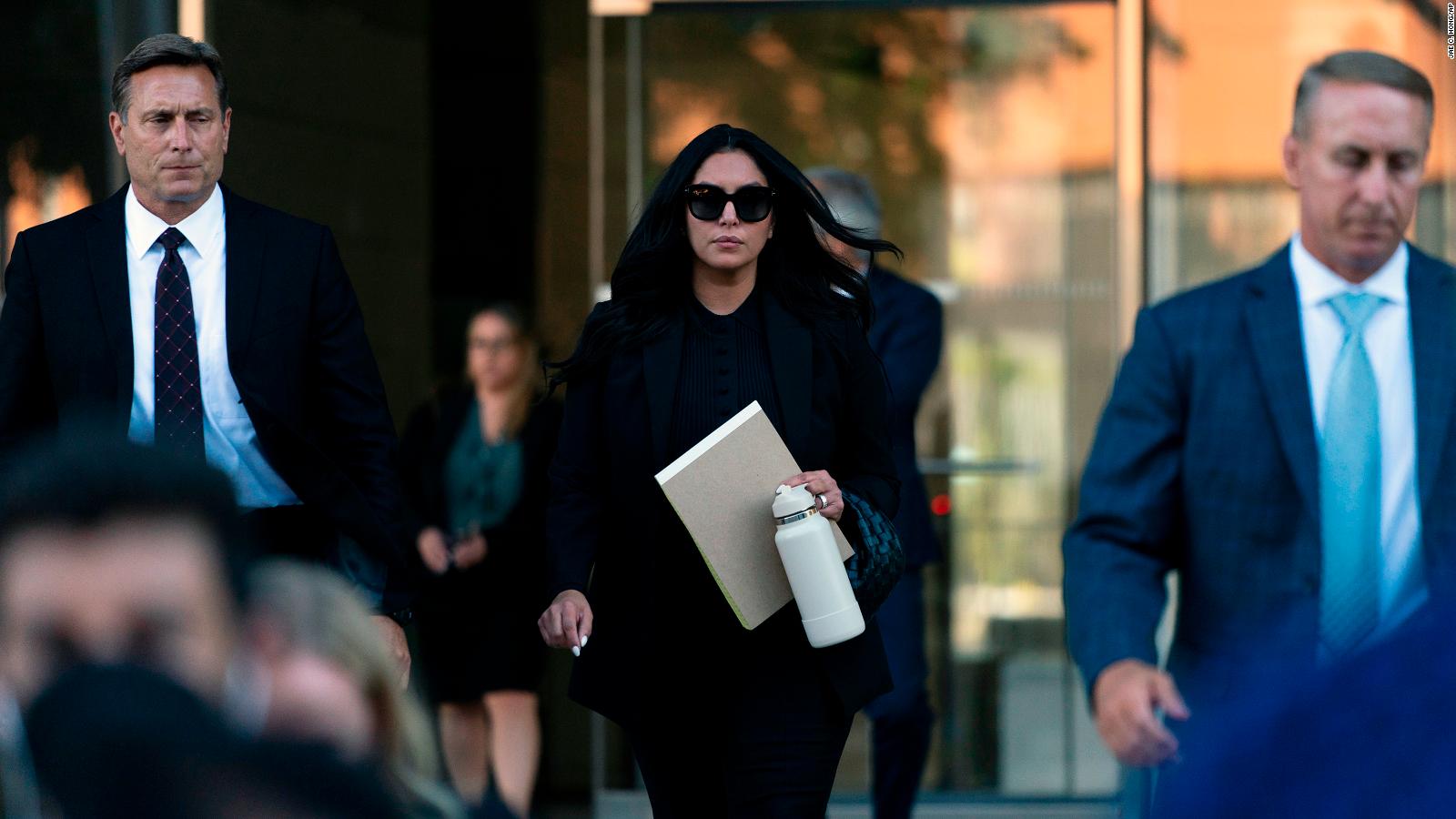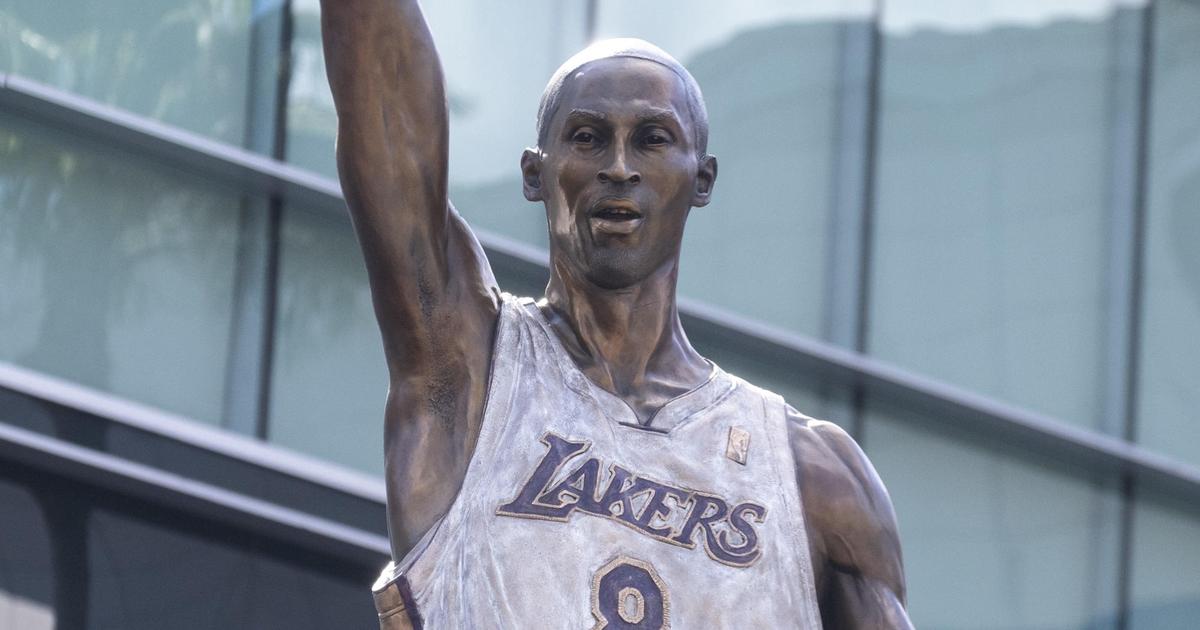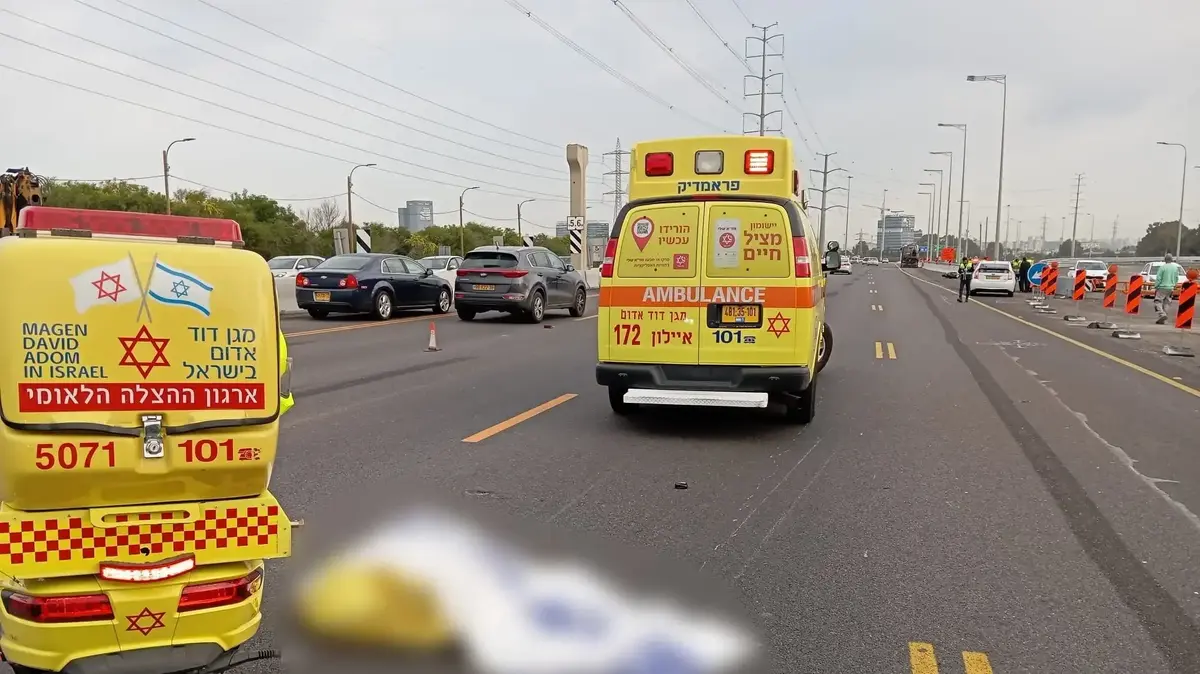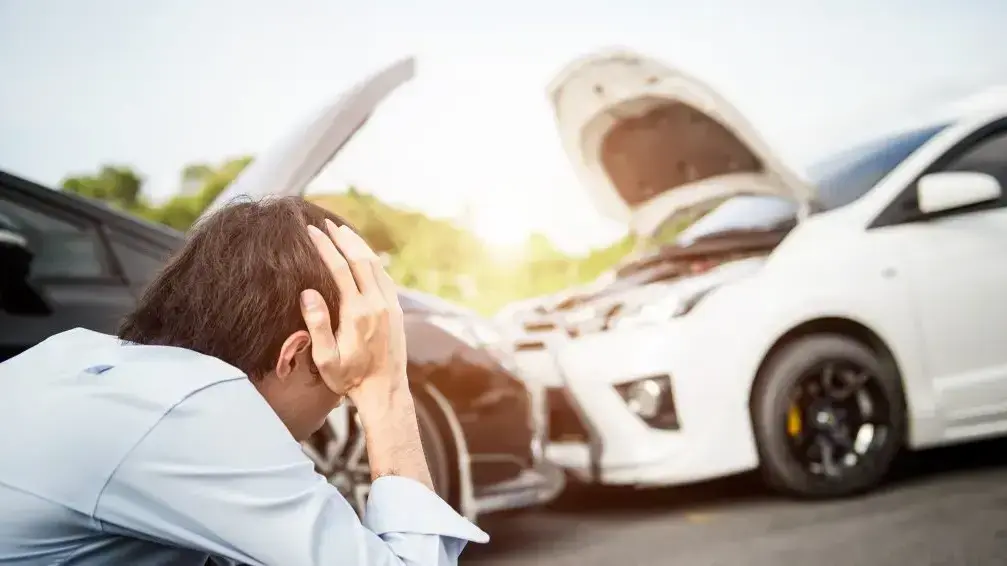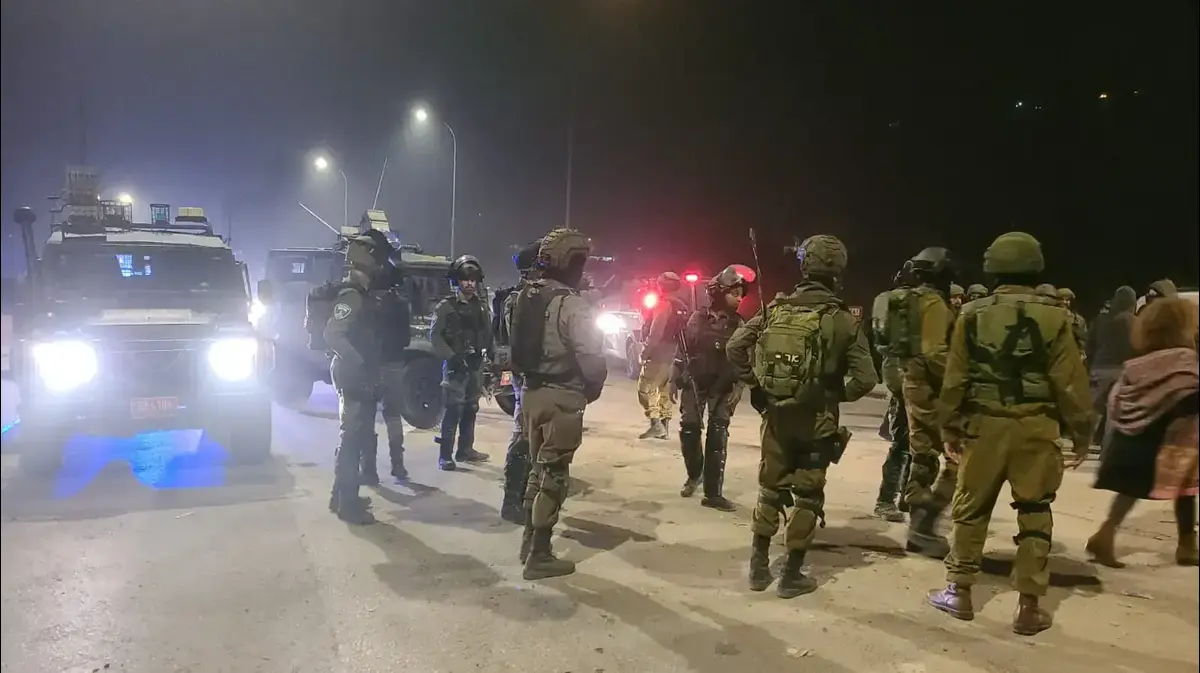They reveal who would have photographed the remains of Kobe 1:55
(CNN) —
Amid thick fog and dense brush, eight members of the Los Angeles County Sheriff's Department set out on foot through the remote terrain of the Santa Monica Mountains.
It was around 10 a.m. on January 26, 2020, and a helicopter had just crashed.
Smoke filled the air and rescuers didn't know if anyone had survived, or perhaps was trapped and needed help to save their life.
'This shakes conscience': Vanessa Bryant's attorney says photos of Kobe's helicopter crash were shared with dozens of LA County employees
As the hike got steeper, the brush thicker and the mud too deep for most of the officers to navigate, all but two turned around.
One of those who kept going was police officer Doug Johnson.
After nearly an hour of climbing through 6-foot brush, Johnson reached the wreckage, something that could have been described as heroic.
Instead, the events that followed set off a chain reaction that brought Johnson to a witness stand in federal court on Friday, testifying in a civil lawsuit that claims Los Angeles County and some of its employees violated the privacy and they inflicted emotional distress on Vanessa Bryant, the widow of one of the region's most beloved sports stars.
Her husband, basketball star Kobe Bryant, and her daughter Gianna were among the nine killed in the crash.
advertising
In his testimony in court, Johnson would call the scene "the most gruesome" he had ever seen, with bodies strewn across a mountainous terrain he said was the size of a football field.
But even though all nine people on board were killed in the crash, Johnson still had work to do.
By now, authorities had set up a command post, and Johnson testified that a supervisor there gave him an order.
"Take pictures, document the scene and send them to the command post," his supervisor instructed him, Johnson said on the witness stand while testifying in the lawsuit brought by Vanessa Bryant.
At the heart of the lawsuit are photos of the accident taken by Johnson (25 by his count, a number plaintiffs' attorneys allege is much higher), a third of which Johnson said were human remains, the rest They were from the rubble itself.
"When you took the photos, did you know it was Kobe Bryant in the helicopter?"
Los Angeles County Attorney Mira Hashmall asked Johnson under cross-examination.
"No ma'am," he said.
Jerome Jackson, the attorney for co-plaintiff Christopher Chester, whose wife Sarah and 13-year-old daughter Payton also died in the crash, was more direct during questioning, asking if Johnson took pictures of specific body parts, to which Johnson replied: "Yes, sir," every time.
The photos aren't the only reason the county is on the defensive.
Rather, it is, in part, what supposedly happened next.
A mysterious fire supervisor
Johnson said he soon encountered a fire supervisor who arrived on the scene with a similar task: taking photos to send to his command post so a tactical response could be mounted.
Johnson says he told the man he already had photos and agreed to airmail them to the fire supervisor, someone he couldn't identify, he said on the stand.
"Do you know who he is?"
Jackson asked.
"Do you know where he is?"
"No," Johnson said.
"Is he a fire supervisor or a fictitious fire supervisor?"
Jackson replied.
"I think he was a fire supervisor because of his helmet," Johnson said.
Neither the plaintiff nor the defense have identified the man, which is a key argument in Bryant and Chester's claim that they live in fear of the photos getting out.
Johnson later said he led then-Los Angeles County Fire Capt. Brian Jordan around the scene to take his own photos, marking the third person to obtain photos documenting the site.
For her part, Johnson said she went home that night and, no longer needing the grim photos, deleted them from her phone.
But it was not the end.
In a flowchart displayed in the courtroom, Bryant's attorney, Luis Li, laid out what he said happened to the photos Johnson says he sent to the command post.
Li said two people spread them further.
One of those police officers was a trainee who had also worked in the crash response and, two days later, showed them to a bartender he considered a friend, along with his niece and another police officer who allegedly shared them with another police officer while playing tag. video game "Call of Duty," Li said.
In all, Li's flowchart suggests the photos were shared or viewed by at least 13 people, not all for investigative purposes.
"Curiosity got the best of us," one of the police officers said in an internal affairs interview in court.
Separately, photos taken by firefighters were allegedly shared or shown to at least a dozen people, the plaintiffs say.
Also Friday, the former emergency medical technician, wife of a Los Angeles firefighter and cousin of one of the victims, Luella Weireter, testified that she saw a Los Angeles County firefighter share photos of Bryant's remains and other images of the crash site with attendees at an awards banquet in February 2020.
After a small group of people at his table looked at the footage on a cell phone, in what Weireter characterized as a party prank, he testified that he saw a firefighter break away from the group and said, "I can't believe I just looked at Kobe's burned body and now I'm about to eat.
On cross-examination, the county attorney argued that Weireter did not actually see the photos and, as an EMT, his training would also have taught him how to document a scene.
No regrets
A key argument in the case is whether it was necessary to take the photos.
They are what the defense calls "crash scene photography," and several witnesses have testified to their validity as part of an initial response to a crash.
"It stands to reason that the command post would want to know what they were up against," testified David Katz, a reserve police officer with the county search and rescue team who responded to the scene a few hours after the crash.
Agent Johnson said on the stand that it is common for pictures of the site to be taken "before evidence can be destroyed or victims moved."
Jury selected in Vanessa Bryant v. Los Angeles County case over Kobe helicopter crash photos
But the plaintiffs argued that the gruesome photos were not necessary to mount a proper response to the accident.
They also claim that the county was unable to contain the photos because it never conducted a forensic search of the personal electronic devices of those who received them.
The county considers its actions sufficient, pointing to the fact that the photos have yet to surface online.
Johnson was adamant that he was simply doing his job.
"Is your testimony that taking close-ups of Kobe Bryant's arm and hand helped command post determine if additional resources were required?" plaintiff attorney Eric Tuttle asked.
"Yes, sir," Johnson replied.
"Do you regret everything you did...?"
Tuttle asked.
Johnson responded confidently.
"No sir."
Kobe Bryant Los Angeles

